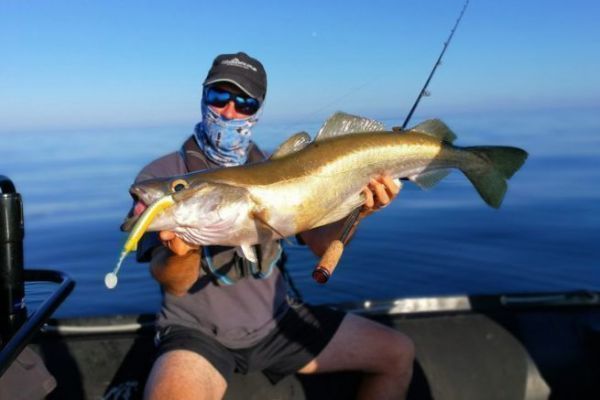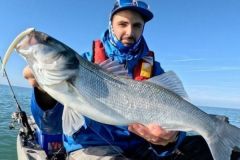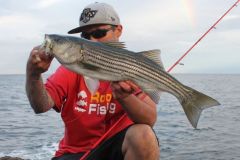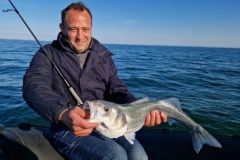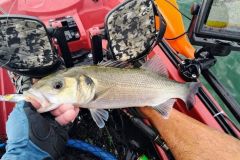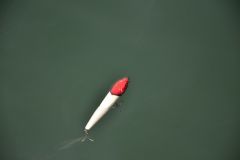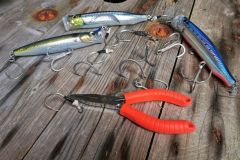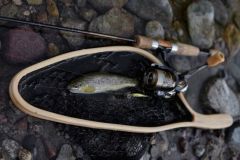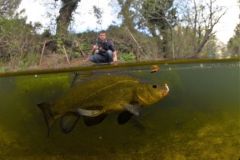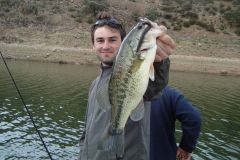If there's one fishing spot where you can target pretty fish like julienne, sea bass, cod and other noble fish, but especially pollack, it's wrecks. And there's no shortage of them in the Channel. The mistake would be to think that all wrecks are teeming with big fish and that all you have to do is drop your line in and a record fish will immediately appear. We'll show you how to target the best wrecks and how to prepare your fishing trip.
Once we've prepared our exit, we can concentrate on drifting, equipment and fishing techniques to adopt .
Identifying the best wrecks
History has dotted the English Channel with numerous wrecks, ranging from small fishing vessels to large merchant ships several hundred meters long. You only need to look at a nautical chart to realize this. Here's a snapshot of the area north of Cherbourg.
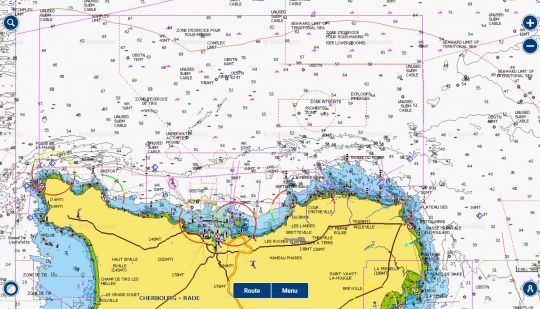
Wrecks are shown on nautical charts in a variety of ways. You'll find the corresponding symbols in 1D su SHOM, but here are the main ones.
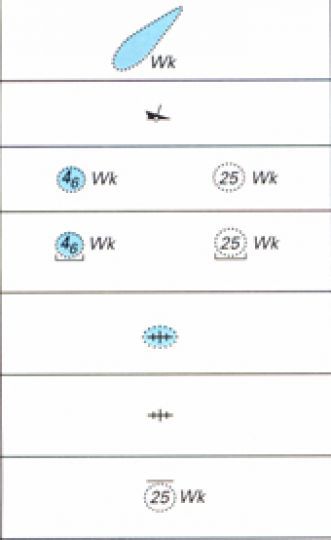
Prospecting on the water
The basis is prospecting. It takes time on the water, but you can start at home by researching on nautical charts, as well as consulting scuba diving websites and forums. You should be aware, however, that these places are often jealously guarded, which is understandable given the work required to unearth the best wrecks...
Of course, not all wrecks are created equal, for various reasons such as state of preservation, exposure to currents and size. Only by prospecting will you be able to create your own database.
As this is one of the fish that most populates the wrecks in the Channel and the one I target first, I focus primarily on deep wrecks, i.e. those over 50m. As this fish needs fresh water, you will rarely find large specimens in shallow waters.
Prospecting is simply a matter of going over wrecks one by one. It's easier to fish a wreck oriented in the direction of the current than one oriented perpendicular to it.
On site, the first step is to locate the wreck with a depth sounder and mark it with several points on your GPS to identify its orientation. In some cases, you won't find the wreck. Either because the structure is too old and has completely collapsed, or because the position is doubtful and may be several dozen or even hundreds of meters from the advertised position.
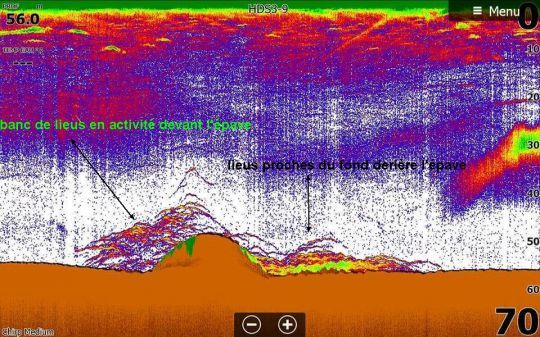
Here's a screenshot I took of a wreck in North Cotentin. You can see a nice concentration of active sites in front of the wreck, as well as some less active ones behind.
What are the fishing conditions?
For a successful wreck trip, several parameters need to be taken into account: weather, tide and current are the main ones. Bear in mind that wrecks are small spots, with short drifts, and you won't be able to fish them all day long, which is why it's a good idea to prospect and spot several wrecks spaced a few miles apart.
The weather is obviously the first factor to take into consideration, but this applies to any sea outing. A strong wind will accelerate drifting and make fishing difficult.
Then you have to look at the current, which is directly linked to the tidal coefficient. Personally, I'm not a fan of neap tides, but I prefer them when coefficients are between 50 and 70. The drift speed due to the current then remains reasonable.
Finally, the tide schedule is often the most difficult parameter to manage. At high tide, the current will be too strong (even with moderate coefficients) and the drift speed too high. This, combined with wind drift, will make fishing impossible or very complex, especially at depths in excess of 50 m.
What's more, there's a current shift between the coast and the open sea. In other words, if the current changes direction on the coast, it will very often reverse 1h30 later offshore.
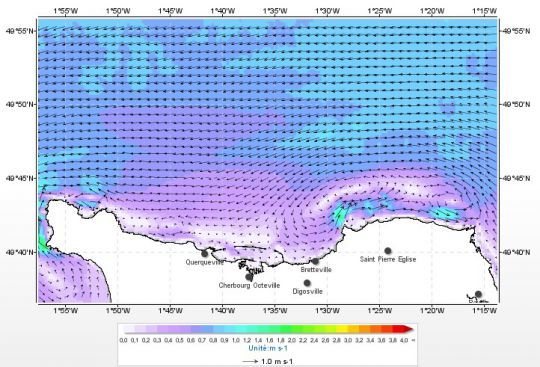
In short, you need to combine good weather, a suitable tidal coefficient and a suitable fishing schedule. This greatly limits the number of possibilities. The best season is spring, from April to early summer, and I try to fish between 1.5 hours before and 1.5 hours after the current reverses.
Now that our exit is ready, we'll be concentrating on drifting, equipment and fishing techniques.

 /
/ 